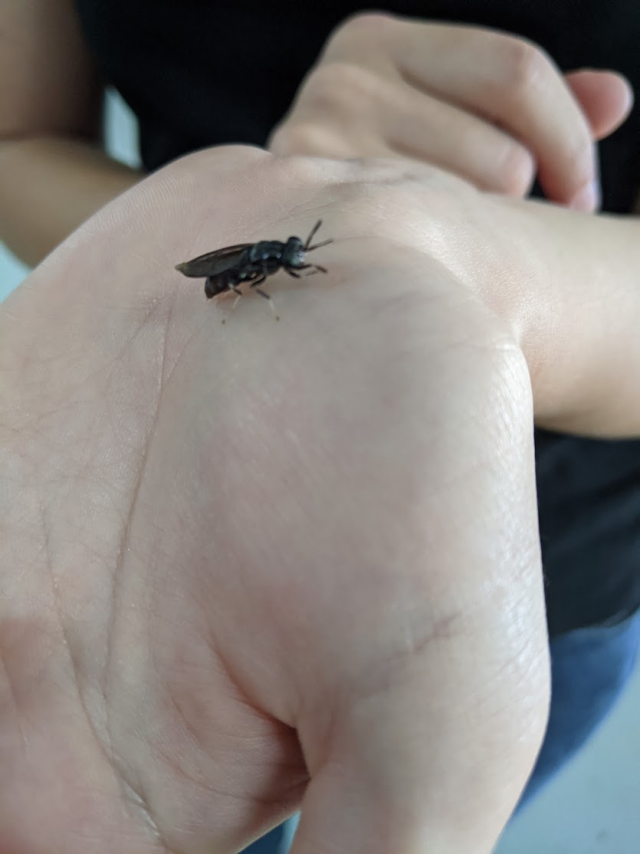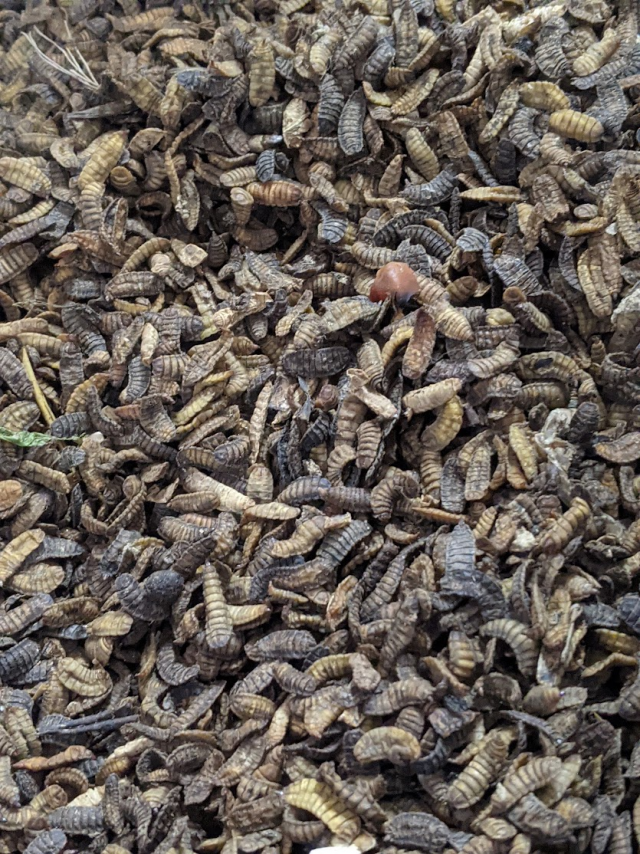With the global insect market expected to be worth more than US$6.8 billion by 2032, AgriFutures Australia has released a new five-year plan to accelerate the growth of the emerging Australian industry.
The Australian Insect Industry RD&E Plan 2023-2028 will help Australia position itself to capitalise on this incredible commercial opportunity for a sustainable long-term future.
Insects such as black soldier fly larvae, mealworms and crickets are a highly efficient and sustainable alternative to traditional protein sources for human food and animal feed and are also an excellent organic fertiliser.
Increased investment in the Australian insect industry over the past decade has been underpinned by its potential to address several global challenges including food waste, climate volatility and the growing population’s increasing demand for protein.
Building on an initial RD&E plan published in 2020, the Australian Insect Industry RD&E Plan 2023-2028 identifies five focus themes to address key barriers to scale and to improve the Australian industry’s competitive advantage.
The plan, produced as part of AgriFutures’ Emerging Industries Program, was developed in close consultation with the Insect Protein Association of Australia (IPAA) and included stakeholders such as insect producers, manufacturers, downstream customers, waste management companies, fertiliser companies and researchers.
IPAA chair Duncan Rowland said one of the plan’s key priorities was to establish best practice guidelines and standards to shore up the credibility and quality of the industry.
“We’ve also got to be able to enhance, strengthen and grow the industry’s capacity and capabilities,” he said.
“Australia is about 10 years behind what is happening in the EU and North American insect industries but, by addressing the priorities identified in the plan, we will be able to significantly close that gap.”
Other priority themes include efficiencies and optimisation for current systems, opening up new markets, products and use cases, market development, consumer education and social license to operate.
Mr Rowland said one of the greatest opportunities for the industry was in the replacement of protein meals in stockfeed.
“Australia imports about 55,000 tonnes of soybean meal every fortnight and we have a huge opportunity there to substitute that out for Australian-grown protein meal,” Mr Rowland said.
AgriFutures Australia senior manager emerging industries Dr Olivia Reynolds said the plan would feed into the activities of the recently formed Emerging Insect Technology Hub (EIT-Hub), a partnership between AgriFutures, the Australian Centre for International Agricultural Research (ACIAR), and International Centre of Insect Physiology and Ecology (icipe), an international scientific research institute based in Nairobi, Kenya, which will centralise knowledge and engagement around insect farming in Australia and Africa.
“The Australian Insect Industry RD&E Plan together with the African equivalent plan will play a vital role in guiding the direction of the EIT-Hub and its activities,” Dr Reynolds said.
“One of the initial goals of the EIT-Hub is the creation of a gold standard manual for the production and processing of black soldier flies which directly aligns with the first priority in the plan.“
AgriFutures Australia has also recently announced it will invest $2million into Insect Industry Program of Research over the next five years.








